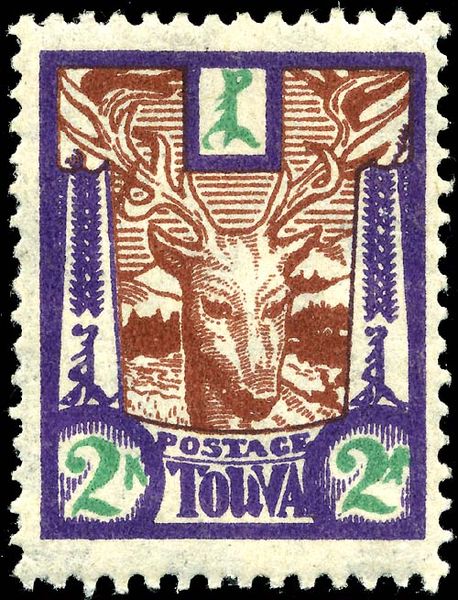
When we studied Chemistry a couple years ago, we started off with a trip to see local colleges put on demonstrations for "National Chemistry Week." There's nothing like that for physics, but luckily the University at Albany's Physics Department had several demonstrations as part of the school's Community Day. We saw Lego models of the Mars Rover and other robots, some cool (sorry!) liquid nitrogen tricks, a hologram of King Kong, and a mad scientist-type Jacob's Ladder. (I couldn't help but notice how much of the department's equipment looked like it belonged in Frankenstein's lab -- I guess the nanotech money hasn't spread to the physics dept.) Still, the professors and students were very friendly and willing to answer questions, and it was cool to see some stuff we probably won't be doing at home!
This is a Jacob's Ladder. Look closely between the upright bars and you will see a spark rising up.
The magnetic rings are repelled when the current is turned on, creating a like magnet charge on the center bar.
Also a little hard to see, this is a rotating hologram which shows an animated image of King Kong dangling from the top of the Empire State building.
Dipping an inflated balloon in liquid nitrogen makes it contract. As it re-warms, the air inside expands to fill the balloon again.

![Reblog this post [with Zemanta]](http://img.zemanta.com/reblog_e.png?x-id=7c50b400-4308-44b6-b78b-60a90302291a)

![Reblog this post [with Zemanta]](http://img.zemanta.com/reblog_e.png?x-id=25244711-1822-4a0c-aa26-1f4207f25704)

